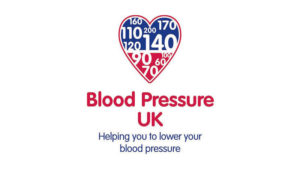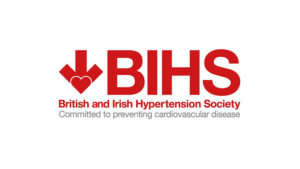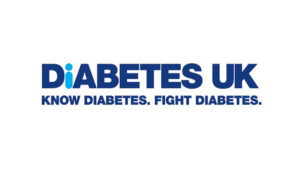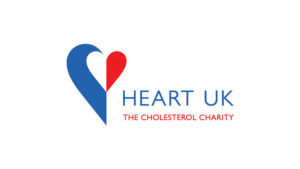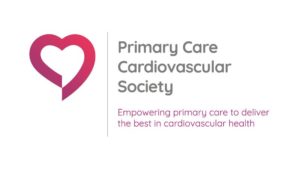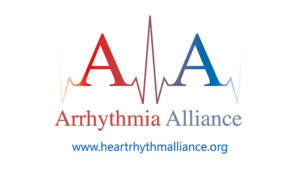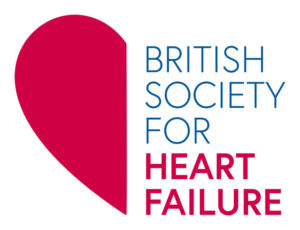The first general practitioners with a special interest (GPwSI) in cardiology services were set up more than 10 years ago but there is little information available on the national level about service provision. The authors invited all GPwSIs in cardiology to complete a survey detailing their qualifications and experience, range of services provided, capacity and clinical governance. The results are presented here.
A primary care service for cardiovascular risk reduction in first-degree relatives of patients with premature coronary heart disease
Cardiovascular disease continues to be the leading cause of premature morbidity and mortality in the UK.1 Primary prevention not only is cost-effective but is endorsed as a priority by healthcare systems in the UK, and indeed globally. We describe here a targeted prevention service, which showed that the modifiable risk factors of obesity and overweight, smoking and low levels of high-density lipoprotein cholesterol were highly prevalent in first-degree relatives of patients with premature coronary heart disease.
It is astonishing with how little reading a doctor can practise medicine
“It is astonishing with how little reading a doctor can practise medicine, but it is not astonishing how badly he may do it.-(William Osler, Aequanimitas, Books and Men)
Left atrial myxoma presenting as worsening dyspnoea with a distinct positional relief of symptoms
Worsening dyspnoea is a very common presenting complaint in the community; the causes varyhugely. We present a case of a patient with worsening dyspnoea and a positional change in hissymptoms who was found to have a left atrial myxoma.
Managing low HDL cholesterol: need for newer options!
High-density lipoprotein (HDL) particles constitute a heterogeneous family of circulatinglipoproteins composed of amphipathic apoproteins complexed to a monolayer of phospholipidswith a central core of free cholesterol, cholesterol esters (CE) and/or triglycerides. Analyses of theprotein components have identified up to 75 different subpopulations of these particles.However, there are 2 major sub-categories: 1: a dense CE-depleted, protein-rich HDL3 particle (pre-β HDL) and 2: a large CE-enriched HDL2 particle (α- HDL).Apart from its role in reverse cholesterol transfer (RCT) which involves the transport of cholesterol from lipid-laden foam cells(macrophages) in the arterial endothelium or peripheral cells to the liver for excretion orrecycling, the HDL particle has been shown to have a wide range of properties which includeanti-thrombogenic, anti-inflammatory, anti-oxidative, anti-platelet and vasodilatory functions.HDL may also stimulate insulin synthesis in pancreatic β cells.
HOT TOPIC | Commissioning in the new NHS: what are the implications for cardiovascular and diabetes services?
The new coalition government of the United Kingdom (UK) has announced plans to change the NHS radically in England. The Department of Health has published two important documents Equity and excellence: liberating the NHS and Liberating the NHS: commissioning for patients. The implications for primary and secondary care, and for local authorities, mental health services and community providers, will be enormous. The changes are taking place at a rapid pace and every manager and clinician in the NHS will need to keep abreast of developments as they will affect the way in which we all deliver services in the future.
Vitamin D and cardiovascular health
Vitamin D deficiency is a prevalent and important health issue that warrants vigilant systematic screening and appropriate treatment and follow-up on the part of physicians, especially those in the primary care and cardiovascular fields. Although vitamin D deficiency has traditionally been associated primarily with bone disease, it is now clear that this is a multi-organ system disease. Epidemiological studies consistently show strong associations between vitamin D deficiency and bone disease, cancer and diabetes. Additionally, epidemiological evidence links vitamin D deficiency with cardiovascular risk factors, cardiovascular disease and mortality. Conclusive evidence to show that vitamin D supplementation improves cardiovascular prognosis is currently lacking, although randomised trials are under way to address this issue. In this article we review the sources and metabolism of vitamin D, the epidemiology of vitamin D deficiency, and the available evidence linking vitamin D deficiency to cardiovascular disease; and we suggest an approach to systematic screening and to treatment of vitamin D deficiency.
Understanding the impact of statin titration: a modelling approach
Introduction: Clinical guidelines specifying target cholesterol levels may require dose titration strategies for patients who do not reach target. We describe a model that simulates cholesterol and cardiovascular risk reductions for different populations, therapies, titration steps and targets.
Looking back, looking forward: reflecting on the winter season and the demise of the PCCS
The message regarding eating less has come across loud and clear this year, but there has been plenty to worry about over the last twelve months. The demise of the Primary Care Cardiovascular Society (PCCS) has been on my mind. I was saddened to attend an Extraordinary General Meeting in January 2012, when it was decided to wind up the Society with honour due to declining funds and concern that this situation was likely to deteriorate for the foreseeable future. The closure of the PCCS is a great blow to all of us interested in promoting and improving the prevention and management of cardiovascular disease in our communities.
Eating healthily on a tight budget
Save the Children, a charity well known for its work helping children in war-torn or faminestruck countries, recently announced that it is now handing out grants to struggling UK families who cannot afford to feed themselves. In a recent report, the charity suggests that the credit crunch has led to an increase of 11.3% in cost of food over the last year. It is not surprising that many parents have now cut back on food expenditure, with the poorest of families spending less on their weekly shop than ever before. How can we provide patients with tips on eating healthily on a tight budget?
Treating erectile dysfunction safely and effectively
Erectile dysfunction (ED) and vascular disease share the same risk factors and commonly co-exist. The presence of ED in otherwise asymptomatic men is, therefore, often a useful early warning sign of silent vascular disease. This fundamental concept highlights the importance of ‘looking beyond the penis’ in the evaluation of the ED patient, and challenges practice nurses to consider ED and sexual activity as part of their routine evaluation of patients. Once diagnosed, there is a range of effective treatments for ED, and guidance on how to use them safely in patients with cardiovascular disease (CVD).
Managing chronic obstructive pulmonary disease and cardiovascular disease together
Chronic clinical conditions have traditionally been regarded as individual disease categories within individual patients, although there is often considerable overlap across clinical systems. The monitoring of patients with long-term conditions has historically centred around a traditional model of a nurse-led clinic, utilising an appropriate level of skill mix. The disease categories and associated clinical indicators of the Quality and Outcomes Framework (QOF) have encouraged this approach, but for those managing these patients the presence of various co-morbidities is all too apparent




